The life of a dog that lives in the wild, is a good guide to provide a healthy, happy and balanced life to your pet.
Dogs live in a wide variety of environments, such as grasslands, deserts, meadows, forests, jungles, coastal areas and the Arctic.

Dogs are highly adaptable, although some breeds have evolved for specific environments, such as those that have developed a heavy coat to withstand frigid climates.
Aside from these differences, a dog’s need for food, shelter, exercise, and companionship is universal. The reason your dog likes to lean on you, chase things, and curl up in your bed is due to its nature as a pack animal.
Wild relatives: environment and diet
The environment and life of the world’s last remaining wild dogs give us insight into how domestic dogs live. Their environment is determined by the food they have.
There are a variety of wild relatives of domestic dogs such as dingoes that have lived in Australia for 3,000 years and probably originated in Asia. They are carnivores and also eat fruits and plants.

There are also coyotes hunting alone or cooperatively, and feeding on lizards, small mammals and birds. Coyotes originally lived in deserts and grasslands, but have now adapted to forests, mountains, and even cities. To increase their hunting success, they mate in autumn and winter.
Like coyotes, domestic dogs are omnivores and most rely on humans for food.
Cave, sweet cave
Based on their breed and origin, dogs adapt to most climates, including dry, tropical, and icy. Dogs do not live in caves, although wolves raise their cubs in caves to protect them during their first weeks of life.

Pregnant pets often have access to a bed and other materials to create a den before giving birth; Many female dogs prefer to hide under a blanket or sleep in a comfortable place, such as a blanket or dog bed.
A kennel or even a large cage inside gives the dog the feeling of being locked and protected.
Grazing and hunting
In their natural environment, dogs are weak, fast and strong. A dog needs to eat whether it lives in a forest, a pasture, a wild area, a mountain or a coastal area.
Its keen sense of smell detects prey and must be able to catch it or it will starve. The transformation into a domestic animal probably occurred when some wolves began to search for food on their own and began to live near humans, looking for food and finally eating human excrement.

Too many calories from food sources, especially combined with too little exercise, will ruin a dog’s health and life. Let your dog enjoy running for food, take him for a run before meals, play fetch by throwing a stick or a puck to grab him.
Socialization kit
Wolves are not the only relatives with a highly organized society. African wild dogs are called lycaons or colored wolves because of their multicolored fur.
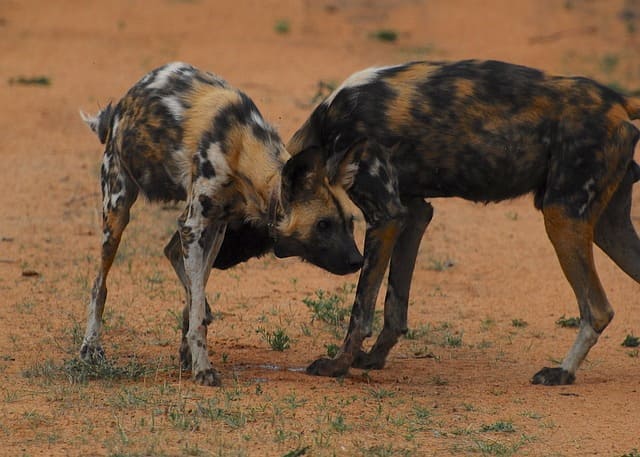
Herds of up to 20 hunting dogs attack antelopes and even huge wildebeests. Each herd is led by a monogamous pair that takes care of the offspring of the leading female.
Domestic dogs prefer to communicate by the same means as herd animals: touch, gestures, vocalization and interaction.
Your dog wants to hear your voice, be petted, have physical contact with you, and participate in your activities. Dogs don’t like to be alone for hours, and because they’re social, it’s hard to isolate them.
Do you help us share?
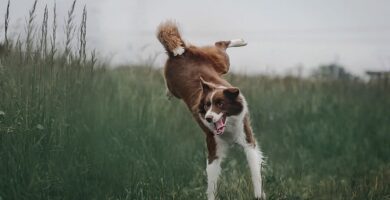
Food for healthy joints in your dog

Why do dogs bury bones?
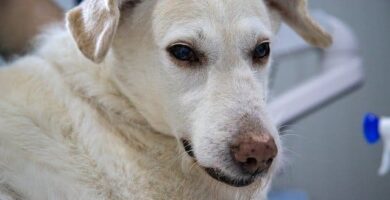
Why do dogs eat their own poop?

Fruits and Vegetables for Dogs
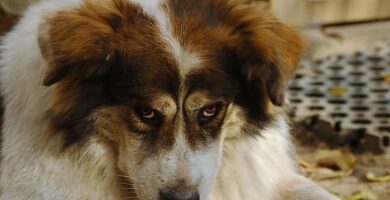
Why my dog loses hair
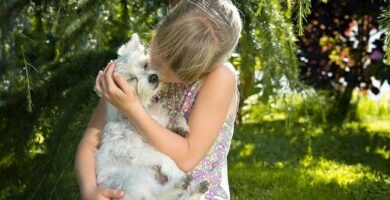
Dog care
- Why do dogs bury bones? - January 2, 2023
- How long is a dog’s pregnancy? - December 24, 2022
- Why do dogs mark territory? - October 24, 2022
